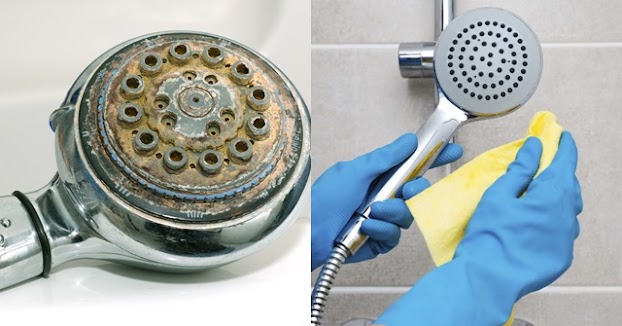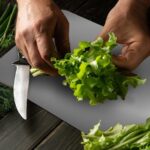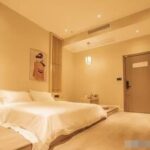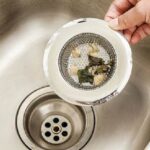The Kitchen Sink: A Breeding Ground for Bacteria
The kitchen sink is a hotspot for bacterial growth, especially considering it comes into contact with raw food during preparation and leftover food after cooking. According to microbiologist Charles Gerba, the sink can harbor more bacteria than a toilet.
Not only is the area around the sink a concern, but the sponges and scrubbers used for washing dishes are also a haven for bacteria. In fact, there can be up to 10 million bacteria per square inch on a sponge, and about a million on a cloth scrubber. That’s 200,000 times more germs than your toilet seat!
Therefore, it’s crucial to clean the kitchen sink after use and regularly replace dishwashing sponges to maintain hygiene for your family.

Showerheads: A Hidden Source of Bacteria
While showerheads are essential for our daily hygiene routine, they can’t clean themselves. Over time, showerheads collect deposits and sediments, leading to bacterial growth that can contaminate the water flowing out. To maintain the health of your skin and body, it’s important to occasionally disassemble and thoroughly clean your showerhead.

Doorknobs: A Hotspot for Germs
Did you know that doorknobs can be up to 44 times dirtier than a toilet seat? We touch doorknobs every day, yet rarely give a thought to cleaning them. Imagine coming home and touching the doorknob before sitting down to dinner—you’re potentially transferring a host of bacteria to your food. Make sure to regularly disinfect doorknobs, and don’t forget to wash your hands after opening doors!

Guidelines for Disinfecting Your Home
While we may keep our homes tidy, true disinfection is often overlooked. Many surfaces can’t be adequately cleaned with just a damp cloth. The US Centers for Disease Control and Prevention recommends combining disinfection with regular cleaning to ensure a safe and healthy environment.

When to Disinfect Your Home
There are certain surfaces and items in your home that may require disinfection after cleaning, including:
– Children’s toys, play areas, and surfaces
– Inside the refrigerator, especially after discovering spoiled food
– Surfaces exposed to natural disasters like floods or pandemics
– Products with disinfection instructions on their labels
Safe Disinfection Practices

For soft items or baby products:
– Disinfect by boiling, steaming, or using a mild disinfectant solution. Alternatively, you can use a dishwasher with a disinfection cycle for certain items.
– After disinfection, place the items on a clean, unused dish drying mat or paper towel to air dry completely before storing or using them.
Avoid using a dish drying mat to wipe or dry items, as this can transfer germs.
For hard surfaces like kitchen counters and food preparation areas:
– Clean the surfaces with hot, soapy water.
– Follow up with a homemade disinfectant solution or a certified safe disinfectant product.
Depending on your usage and needs, create a schedule for periodically disinfecting your appliances and surfaces. Additionally, maintain a daily cleaning routine and always clean up after yourself to ensure a safe and healthy living environment.






































